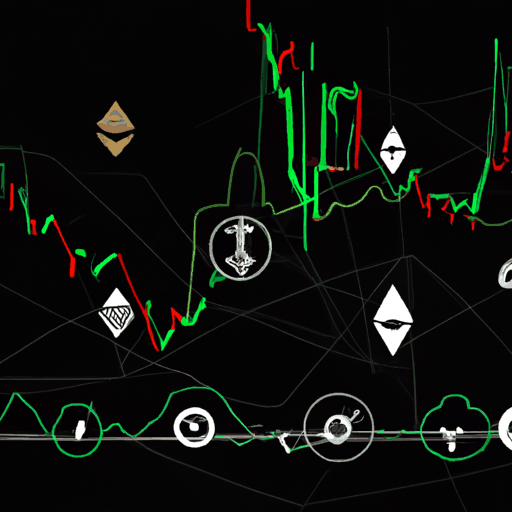
Pump.fun Token Soars Amid Speculation and Utility Concerns
By: Isha Das
The native token of the Solana-based memecoin launchpad, Pump.fun, saw a significant surge in value, increasing by 20% following its inaugural token buyback. This repurchase involved the use of 111,953 SOL, equivalent to $18.34 million, to acquire 3.04 billion PUMP tokens at an average price of $0.006. This strategic financial maneuver by Pump.fun marks a departure from its previous practice of liquidating fee revenue via the Kraken exchange, having previously sold over $700 million worth of SOL in the open market.
This recent price leap propelled PUMP’s value to approximately $0.006782, elevating its fully diluted valuation to a notable $6.3 billion. Such figures position PUMP alongside some of the crypto market's heavyweights, surpassing the valuations of Ethereum layer-2 networks like Optimism and Arbitrum. Notably, PUMP also emerged as one of the top 20 digital assets in terms of 24-hour trading volume, underscoring its significance in the memecoin sector.
Emerging Concerns Over Long-Term Viability
Despite this bullish momentum, analysts are voicing concerns over PUMP’s sustainability, focusing primarily on its lack of inherent utility. BitMart Research, in a detailed analysis, pointed out PUMP’s absence of governance rights or profit-sharing mechanisms, deeming the token’s current valuation largely propelled by brand hype, a factor considered volatile for sustained growth. The research implies that such an approach highlights a potential shortfall in creating a resilient long-term financial model for PUMP.
The report also hinted at the competitive pressures from novel platforms which, despite sharing some limitations with PUMP, integrate liquidity and deflationary tactics to provide market depth and bolster price sustainability. As such, the long-term trajectory of PUMP may hinge on the platform’s ability to reinforce its tokenomics and restore confidence in its community.
In summary, while the immediate market response to Pump.fun’s buyback strategy reflects positively on its token’s value, enduring success may rest on overcoming current criticisms of utility inadequacies and evolving its strategic financial management to ensure lasting market prominence.



